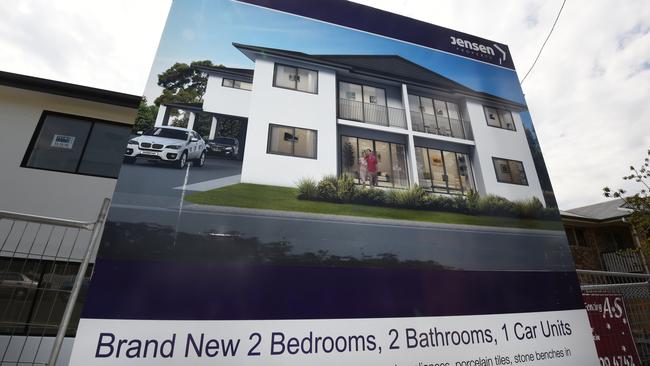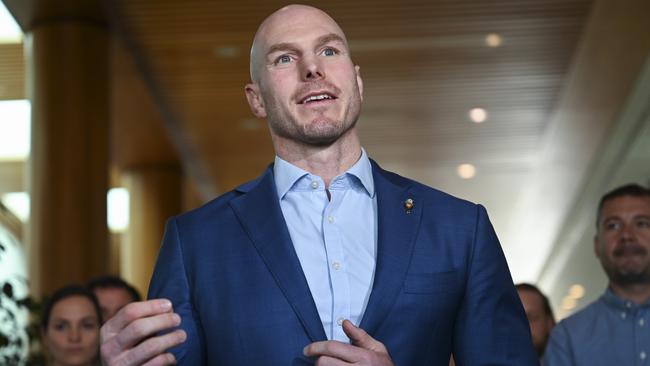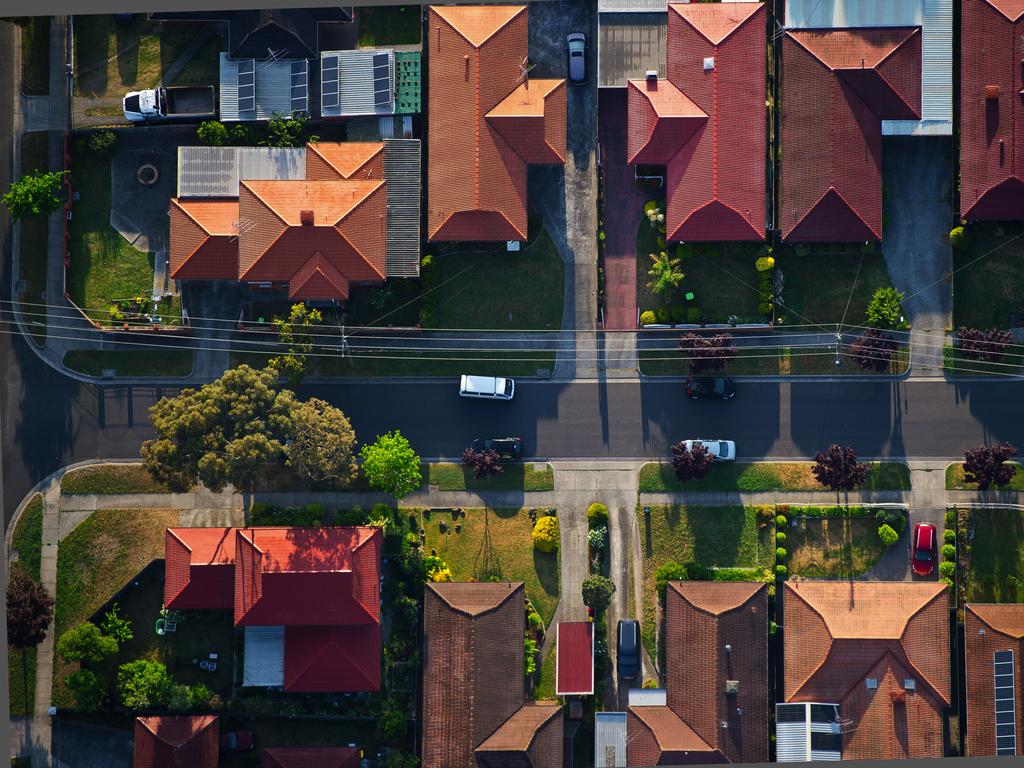Victoria budget puts pressure on Albanese government’s Help To Buy scheme
The nation’s homebuyer grant framework could change beyond recognition after a surprise move in the Victorian budget.

The nation’s homebuyer grant framework could change beyond recognition after a surprise move in the Victorian budget which effectively handballs a key homebuyer support scheme to Canberra.
In a move that will see a $2bn program ultimately disappear from the Victorian state budget, the Allan government has announced the state-based Victorian Home Buyer scheme will close, leaving the experimental – and yet to be legislated – federal “shared equity” plan to step into the breach.
At a stroke the move puts pressure on the Albanese government’s signature Help to Buy policy which had been an election promise. However, with housing emerging as a flashpoint of policy clashes in parliament, the scheme – which is based on home buyers sharing ownership with the government – has already met opposition from both the Coalition and the Greens.
Moreover, the Help to Buy scheme has only 10,000 places annually under current plans, and it is now very likely that the program will need to be widened dramatically if the ALP wants to avoid creating disappointment among first-home buyers.
David Pocock, the independent senator – who could be instrumental in the passage of the Help to Buy scheme – has reportedly been pushing for 30,000 places a year, even before this week’s move by Victoria.

There are at least 100,000 first-home buyers in the market each year. If every state were to do the same as Victoria, first-home buyers across Australia would be left with greatly reduced options among the menu of home grants, which range from government guarantees to a scheme that allows the use of superannuation contributions.
The Victorian move has been greeted with concern. Keith Ryan, executive director for Victoria at the Housing Industry Association, says: “We are concerned how this is going to work, we need more details. Victoria already has a very difficult market. Demand from this segment could collapse if they are left out.”
John Pidgeon of Solvere Wealth, who has authored books on property investment covering home grants, says: “I have not seen a move like it before. I thought they were going to do more – this will only widen the gap in housing. It is certainly going to make it worse for first- time buyers in the city centre.”
Under the terms of the Help to Buy scheme an applicant can get up to 30 per cent of the purchase price for an existing building or 40 per cent on a new building and the homebuyer then shares ownership with the government. The attraction is that it reduces the need for bank loans and the size of the deposit. But the $5.5bn scheme is peppered with limits including single-income households earning up to $90,000 or couples with a joint income of up to $120,000. There is also a price limit on homes eligible for the scheme so, in Sydney for example, the cap on a home price is $950,000.
Politically, the biggest risk is the scheme is a delayed or adjusted in parliament. The Greens have a history of delaying housing policy in a bid to extract terms they regard as more favourable.
The Victorian government has said it will finance any delay in the set up of the federal program with “monthly allocations”.
Will shared equity work? Most likely the latest federal homebuyer initiative will work for the individual buyers who use it, but whether it improves the wider market for first-home buyers is open to question.
In the UK, a government-backed shared equity scheme that ran for more than a decade ultimately received a thumbs down in a House of Lords report, which suggested the scheme pushed up property prices.





To join the conversation, please log in. Don't have an account? Register
Join the conversation, you are commenting as Logout